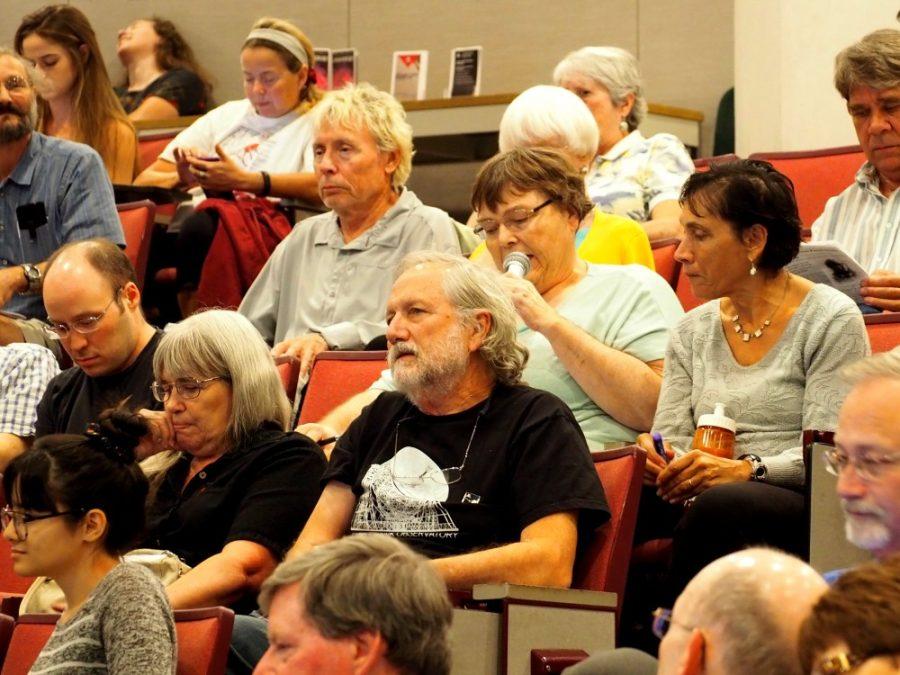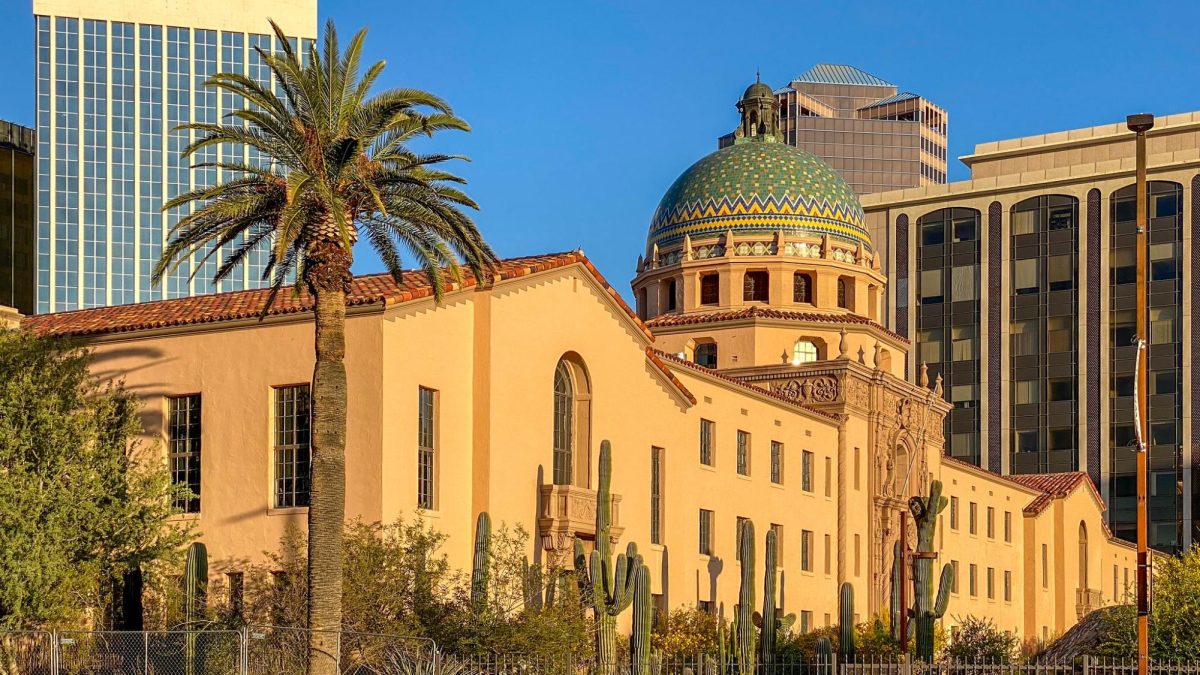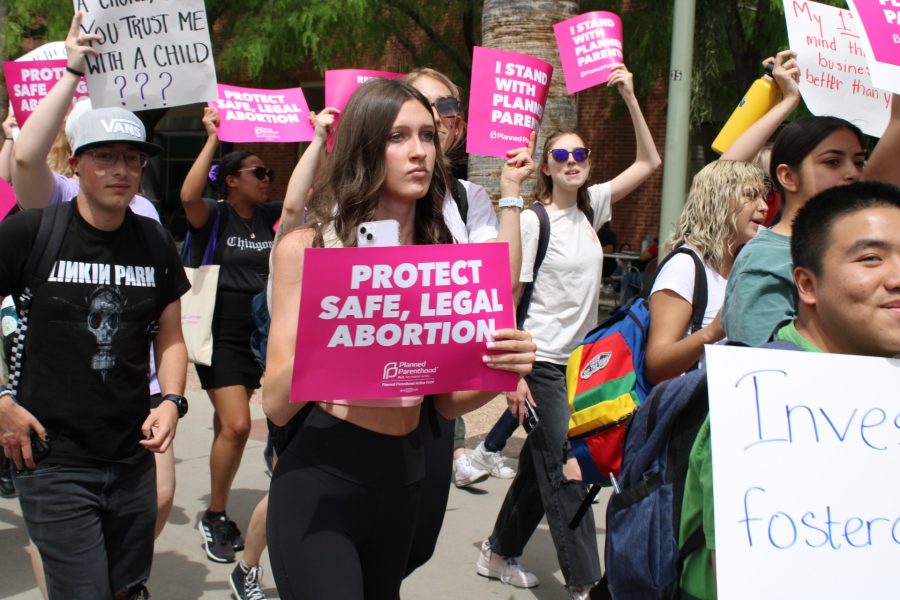One hundred years ago, almost to the day, an anonymous donor gave the UA $60,000 for the University to buy a telescope—and not just any telescope. According to a press release from the Steward Observatory, the donor gave an amount equivalent to $1.3 million today in order for the UA to buy a “telescope of huge size.”
Such a large gift could not remain anonymous for long, and the generous donor was revealed to be one Lavinia Steward of Oracle, Arizona, who had become wealthy from the development and marketing of oatmeal as a breakfast food.
To commemorate the date, the Steward Observatory held a special showing Monday evening of the documentary “Focusing the Universe,” a short history of the observatory created by the school of theatre, film and television distinguished professor Peter Beudert and associate professor Michael Mulcahy.
The film explained that before the Steward Observatory, astronomy in southern Arizona was—as it was in general—mostly “make it up as you go.”
The documentary was followed by a panel Q&A session with Mulcahy, Dean Joaquin Ruiz of the College of Science, Director of Steward Observatory Buell Jannuzi and Catherine Ellis of the Oracle Historical Society, an expert on Steward’s life.
RELATED: Steward Observatory celebrates 100 years of establishment
The documentary explained that as the field of astronomy was barely recognized, it relied heavily on private donations. Steward’s gift not only made Steward Observatory possible but advanced the study of astronomy and space science as a whole.
Ellis said that Steward decided to donate the money because she became a philanthropist after the death of her husband, Henry. Steward asked around and found a need for the observatory. As Steward had been interested in astronomy herself, it was the perfect opportunity.
“She was not feeling good, and I assume she knew she was going to pass away soon,” Ellis said. “She wanted to do something here in Tucson to memorialize her husband.”
Scientists at Steward Observatory helped spearhead the government’s push for stronger science programs after World War I, helped develop infrared technology and invented the multiple-mirror method of lenses that allowed telescope images to be precise and clear.
Now, they are working to help launch the world’s largest space telescope, the James Webb Space Telescope, and are manufacturing all the mirrors for the Giant Magellan Telescope being built in Chile.
Jannuzi said the UA became a hub for astronomy in the 1970s and will continue to push boundaries.
“Arizona will influence the next generation of space research,” Jannuzi said. “We don’t care if its called astronomy or not. It’s our job to share what we’re discovering.”
RELATED: UA graduate student discovers planet with three suns using the Very Large Telescope
The panel answered a range of audience questions from how Steward got interested in space to how women got into astronomy in the first place.
In the audience was Michael Chriss, the first person to get a master’s degree from Steward Observatory in 1958.
“I always knew I wanted to be an astronomer—I have no idea why,” Chriss said. “I was, for the entire time, the only person at the UA majoring in astronomy.”
The night mostly focused on how Steward’s gift changed space research and how philanthropists are still vital to the field.
“Even small gifts can make a big difference,” Jannuzi said. “As the film highlighted very well, billion-dollar projects still require partnerships and those rare philanthropists.”
As for the way Steward Observatory changed the UA, Dr. Thomas Fleming, an astronomer at Steward Observatory, said that it transformed the university from a place that trained future farmers and miners to the cutting-edge research facility it’s known as today.
“Steward Observatory was the beginning of actually doing research,” Fleming said. “It attracted other astrology people here, along with others.”
The evening ended with cake and the chance for audience members to look through the Observatory’s Raymond E. White, Jr. telescope and a classic five-inch bronze refracting telescope, which was manufactured in 1888 and is the oldest telescope on campus at 128 years old
Follow Marissa Heffernan on Twitter.















